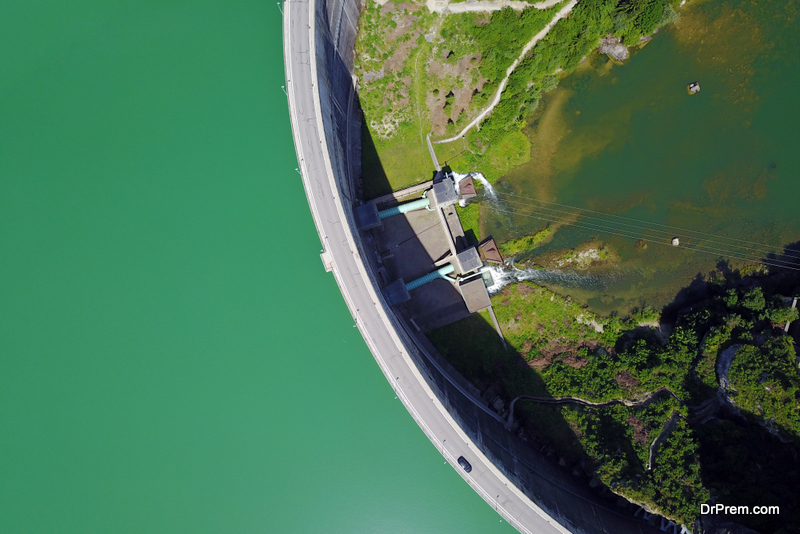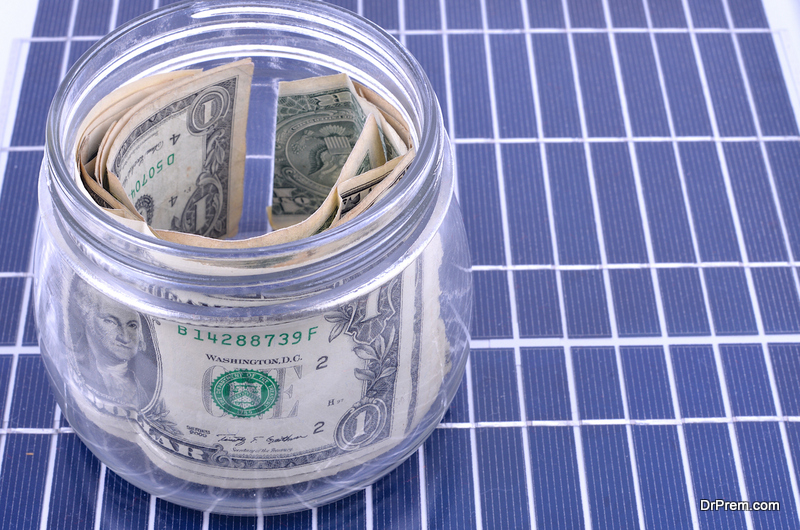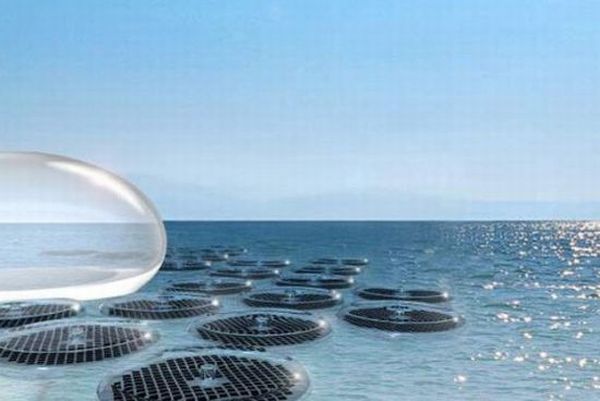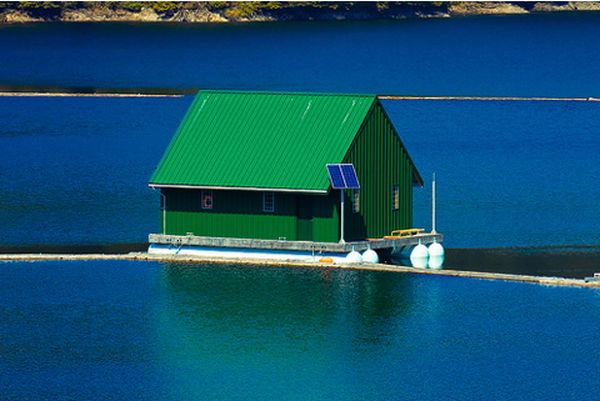Numerous renewable and low carbon emission energy resources are producing power. But, are they really cost effective and doing better than fuel and nuclear-propelled resources?
All the power producing sources demands investment and have environmental impacts. Energy resources using fossil fuels like coal, natural gas and oil have more negative impacts on wildlife, air, water, and human health than renewable energy resources.
We are not against renewable energy nor we will dispute the fact that energy resources like water, wind, geothermal, biomass, the Sun has fewer impacts on the environment. The only part we disagree about is the misconception that such sources are cost-effective. To really tell you that, we don’t just have to mention the fewer carbon emissions but also the hidden costs and the real annual returns of renewable energy sources.
Solar and Hydro Energy
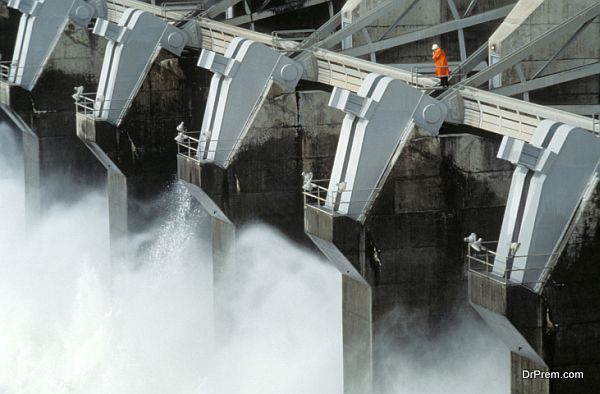 Sun and water are the major players in the renewable energy group. Developing countries like India receive bright sunshine in most of the parts and that is why solar energy is helping us a lot. Still, if they are going to be more dependent on solar energy, there are concerns that need work.
Sun and water are the major players in the renewable energy group. Developing countries like India receive bright sunshine in most of the parts and that is why solar energy is helping us a lot. Still, if they are going to be more dependent on solar energy, there are concerns that need work.
A) European countries have harnessed its power in the right way and have resources to store the same after sunset. But, India lacks such technique and if the government is planning to implement such solar projects in the future, it will need a hefty amount.
B) Photovoltaics used to manufacture solar panels require more aluminum than any other technology. Apart from panels, the same metal is used for many other supporting parts required to generate solar power. Mining and melting of aluminum involve huge cost plus the process is carbon friendly.
Wind energy uses turbines for the power generation and the turbine requires nickel alloys. Extraction and refining of Nickle is also a long process involving huge money.
C) Solar cells use a variety of toxic elements such as lead and cadmium. Once the panels and cells become e-waste, it again demands money for proper disposal. If the disposal is not right, it can cause harmful effects on the environment. Similar situation arises for the turbines used to generate wind energy.
D) Most of the press releases state that wind energy is cost-effective than coal. But if you calculate the total expenditure to the power grid including the hidden costs, it’s not what it claims to be. Same like the Solar power plant, wind energy is also harnessed using a back up electric power system. When the low-cost renewable energy, i.e wind or solar is not available, the backup has to be ready and when the amount of wind energy goes high, the backup unit is forced to cut down their output. This intermittent energy balancing consumes money.
E) Solar energy output needs a large area of land fitted with numerous panels. More panels mean more investment, but the output is not in the same proportion. A solar panel is the first part, then comes the land it consumes, which also needs finance.
F) Solar power plant needs company of a gas-powered plant so that the latter can produce required power when the Sun goes down. To explain how it will add to the hidden costs of the solar plant, we have to take an example of a 300MW solar plant.
Costs of a 300MW plant
According to Energy Information Administration (EIA), the capital cost to establish such plant is $4 per watt. So, the total comes about $1.2 billion. Now, to make sure that the plant produces 300 MW even if the solar is down we need a gas powered plant of 300 MW as well. The cost of building such plant with carbon capture and isolation will take around 0.7 per watt. Add this $0.6 billion to the hidden costs. Running expense of a solar plant is $25/kW/year, which is double.
Finally, if we assume that solar plant will produce 35 percent of the power then rest 65 percent has to be covered by the gas plant. As per EIA2, running cost of the gas plant is $35/MWh. If we calculate running cost of the solar plant for 20 years, it will be over $3.5 billion that is 235 percent of its life cycle cost. It means the variability of the resource cost 135 percent more than the actual life cycle expenditure of the solar plant.
Similar is the case with large hydro-power plants, they demand huge investments, but cannot return that even in their complete life cycle.
The solution is to add an energy storage system instead of using a supplementary power plant. Apart from that, it needs proper planning. In this case, planning has its limitations because the monsoon is going to reduce the output and naturally the Sun sets every evening.
Biomass Energy
A big bioenergy plant (50MW) uses approximately million gallons of water per day to cool down, where 85% is lost as it converts to steam. Either this huge amount of water is purchased, which includes cost as even water is not free. If not bought, then water is channeled from a river. The cooling requirement in warm areas are higher and taking water from a river that is already running low due to summer negatively impacts fisheries and other water inhabitants. Even if the water is channeled back to the river, it causes pollution and again makes the living creatures uncomfortable.
Bottomline
Pollution is one of the major problems for us, but while trying to solve it, we eventually led to another. Establishment and hidden costs are of course a problem but what about the disposal of such technologies. We invented renewable energy resources to help our Eco-system and now we are trapped in our own science.
Energy production is one of the top polluters, but we can shift to nuclear plants as far as the cost and annual returns are concerned. In that case, the only problem will be the nuclear waste. And if we want to keep staring at the renewable energies for green power, then at least we need proper planning and storage system. Above all, we need to change us and our lifestyle. We should and must always try to save energy.


